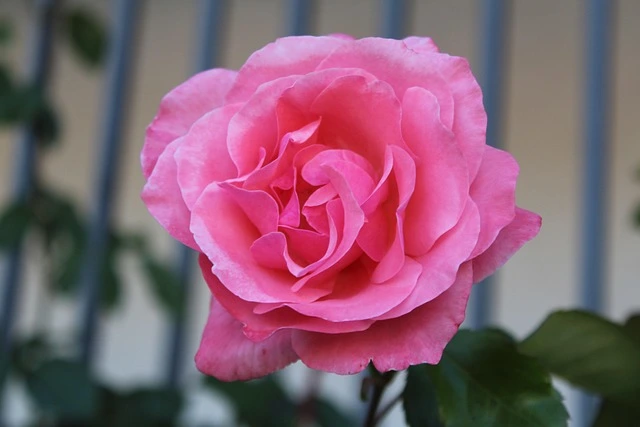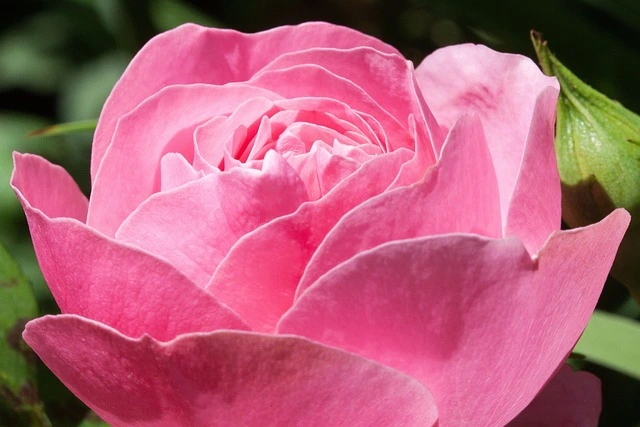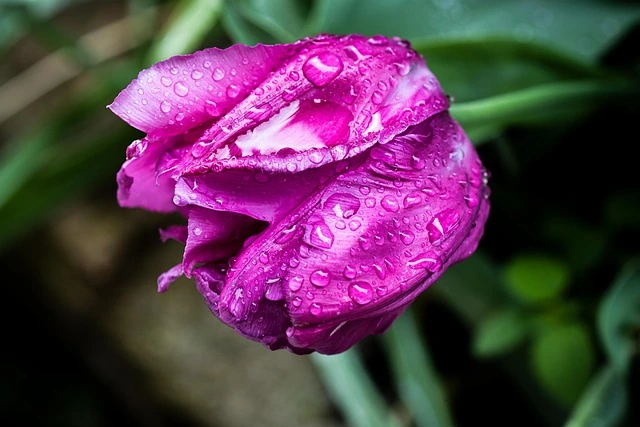Peonies Flowers: 7 Best Tips to Grow Gorgeous Blooms
Table of Contents
Are you dreaming of a garden filled with lush, fragrant peonies flowers that make your neighbors green with envy? These spectacular blooms have captivated gardeners for centuries with their incredible beauty, intoxicating fragrance, and remarkable longevity. Whether you’re a seasoned gardener or just starting your journey with these magnificent flowers, these seven expert tips will help you grow the most stunning peony flowers in your neighborhood.
What Makes Peonies So Special?
Before diving into growing tips, let’s understand why peonies deserve a prime spot in your garden. Peonies flowers are perennial garden treasures that can live for decades—sometimes even outlasting the gardeners who plant them! With their lush, full blooms in shades ranging from pure white to deep crimson, peonies create an unforgettable display each spring.
These resilient beauties require minimal maintenance once established and reward gardeners with stunning cut flowers that can last over a week in a vase. No wonder they’ve been cultivated for over 2,000 years and hold significant cultural importance in many Eastern and Western traditions.

Tip 1: Choose the Perfect Location for Your Peonies
The foundation of successful peonies flowers starts with proper placement. These long-lived perennials can remain in the same spot for decades, so it’s worth taking time to select the ideal location.
Sunlight Requirements
Peonies thrive in full sun to light afternoon shade. For optimal blooming:
- Provide at least 6 hours of direct sunlight daily
- In hotter climates (zones 8-9), afternoon shade helps protect blooms
- Northern exposures may reduce flowering, while southern and western exposures typically yield the best results
Soil Conditions
Peonies aren’t particularly fussy about soil but do have some preferences:
- Well-draining soil is essential—peonies hate wet feet
- They prefer slightly alkaline to neutral pH (6.5-7.5)
- Rich, loamy soil produces the most vigorous plants and abundant blooms
| Soil Factor | Ideal Condition | Why It Matters |
|---|---|---|
| Drainage | Excellent | Prevents root rot |
| pH | 6.5-7.5 | Maximizes nutrient uptake |
| Composition | Loamy, rich in organic matter | Provides nutrients and proper moisture retention |
Remember that preparing the soil thoroughly before planting will pay dividends for decades, as peonies flowers can live 50-100 years when properly situated!
Tip 2: Plant Peonies Correctly (Depth Matters!)
The most common mistake gardeners make with peonies is planting them too deeply. This single error can prevent your plants from blooming for years!
Perfect Planting Depth
When planting peony roots (often called “eyes” or “tubers”):
- Position the pink “eyes” (growth buds) no more than 1-2 inches below soil level
- In colder regions (zones 3-4), plant 1 inch deep
- In warmer regions (zones 6-8), plant 2 inches deep
“Plant too deep, and you’ll get magnificent foliage but few, if any, flowers. The eyes of peony roots should be just below the soil surface—imagine them wearing a light blanket rather than a heavy comforter.” — Sarah Peterson, Master Gardener
Best Time to Plant
Fall is unquestionably the best time to plant peonies flowers:
- September through early October is ideal in most regions
- This gives roots time to establish before winter dormancy
- Avoid spring planting if possible, as it often delays blooming by a year
If you purchase container-grown peonies, they can be planted any time during the growing season, but still require proper planting depth.
Tip 3: Master the Art of Peony Support
Those gloriously full peony flowers come with a price—heavy blooms that often flop over after rain. Supporting your peonies properly keeps those magnificent blooms on display rather than face-down in the mud.
Support Options for Peonies
- Peony rings or cages: Install these early in spring when shoots are just emerging
- Bamboo stakes and twine: Create a support grid for multiple stems
- Grow-through plant supports: Nearly invisible once plants fill in
For best results, install supports before plants reach 12 inches tall. Once peonies have flopped, it’s difficult to prop them up without damaging stems.
Tip 4: Perfect Your Peony Watering Routine
Established peonies are surprisingly drought-tolerant, but proper watering makes the difference between merely surviving and truly thriving plants.
Watering Guidelines
- Newly planted peonies: Water deeply once weekly during the first growing season
- Established plants: Water only during drought periods (when soil is dry 3 inches down)
- Before blooming: Increase watering slightly as flower buds develop
- After blooming: Reduce watering to encourage proper dormancy
The most common watering mistake? Frequent, shallow watering that encourages surface roots. Instead, water deeply but less frequently to develop drought-resistant root systems.
Tip 5: Feed Your Peonies Properly
Unlike some demanding perennials, peonies flowers aren’t heavy feeders, but they do appreciate thoughtful nutrition.
Fertilizing Schedule
- Early spring: Apply a balanced, low-nitrogen fertilizer (like 5-10-10) when shoots reach 2-3 inches
- After flowering: A light application of compost or well-rotted manure
- Avoid: High-nitrogen fertilizers that promote lush foliage at the expense of flowers
Many experienced peony growers swear by this simple recipe: a handful of bone meal and a scoop of compost applied around each plant in early spring, followed by a light topdressing of compost after flowering.
Signs of Nutrient Deficiency
Watch for these indicators that your peonies need feeding:
- Pale green or yellowing leaves
- Reduced flower size or quantity
- Stunted growth
Tip 6: Master the Pruning and Deadheading Process
Proper pruning not only keeps your peonies flowers looking tidy but also prevents disease and ensures continued health.
Deadheading Spent Blooms
Remove faded flowers by cutting just above a strong leaf set. This:
- Improves plant appearance
- Prevents seed production that diverts energy
- Reduces disease risk
Fall Cleanup (Critical!)
In autumn, after the first hard frost:
- Cut all foliage to ground level
- Remove and destroy (don’t compost) all peony debris
- Apply a thin layer of mulch in cold regions
This fall cleanup is crucial for preventing botrytis blight and other fungal diseases that can overwinter in plant debris and reduce next year’s flowering.
Tip 7: Prevent and Treat Common Peony Problems
Even with perfect care, peonies occasionally encounter challenges. Early identification and treatment are key to maintaining healthy plants.
Common Peony Diseases
| Disease | Symptoms | Treatment |
|---|---|---|
| Botrytis Blight | Gray mold on stems, buds, or leaves | Remove infected parts, improve air circulation |
| Powdery Mildew | White powdery coating on leaves | Fungicidal spray, improve air flow |
| Phytophthora Blight | Wilting stems, black spots | Remove infected plants, improve drainage |
Pest Management
Peonies are relatively pest-resistant, but occasionally encounter:
- Ants: Actually beneficial—they eat the sweet secretions while protecting buds from harmful insects
- Thrips: Cause streaked or deformed flowers—treat with insecticidal soap
- Nematodes: Cause stunted growth—difficult to treat, may require removing plants
Why Are My Peonies Not Blooming?
If your peonies flowers refuse to bloom, check these common culprits:
- Too deeply planted: The most common issue—eyes should be just 1-2 inches below soil surface
- Insufficient sunlight: Peonies need 6+ hours of direct sun
- Too much nitrogen: High-nitrogen fertilizers promote foliage at the expense of flowers
- Recent transplanting: Peonies often skip blooming for 1-2 years after being moved
- Immature plants: Some varieties need 3-4 years to reach blooming size

Conclusion: Enjoy Your Gorgeous Peonies Flowers
By following these seven expert tips, you’re well on your way to growing magnificent peonies that will be the envy of your neighborhood. Remember that patience is key with these long-lived perennials—they improve with age and can reward your care with increasingly spectacular displays year after year.
The time and effort you invest in properly planting and caring for your peonies flowers will pay beautiful dividends for decades to come. And if you’re lucky enough to inherit a garden with established peonies, cherish these heirloom plants that connect us to gardeners of the past.
What peony varieties are you growing or planning to add to your garden? Share your peony success stories or questions in the comments below!
Share Your Opinion,Did You Find The Article Helpful ?
There are no reviews yet. Be the first one to write one.





